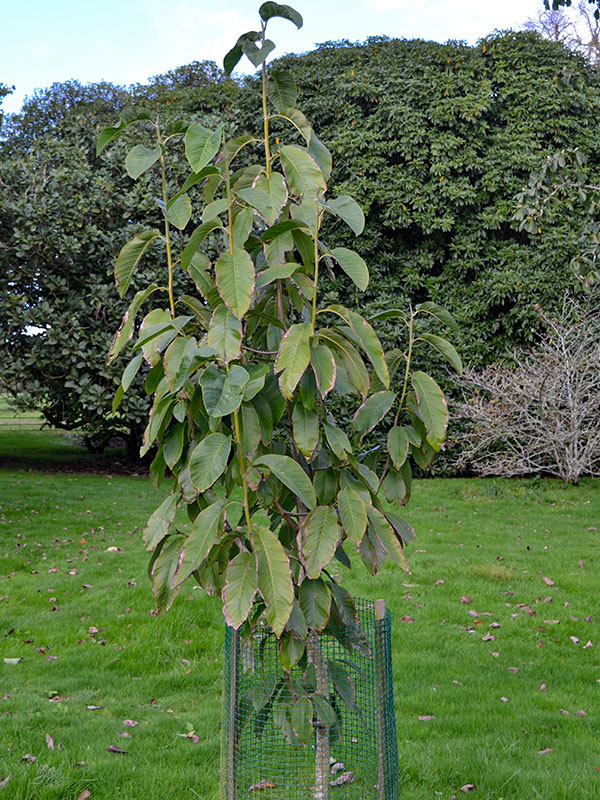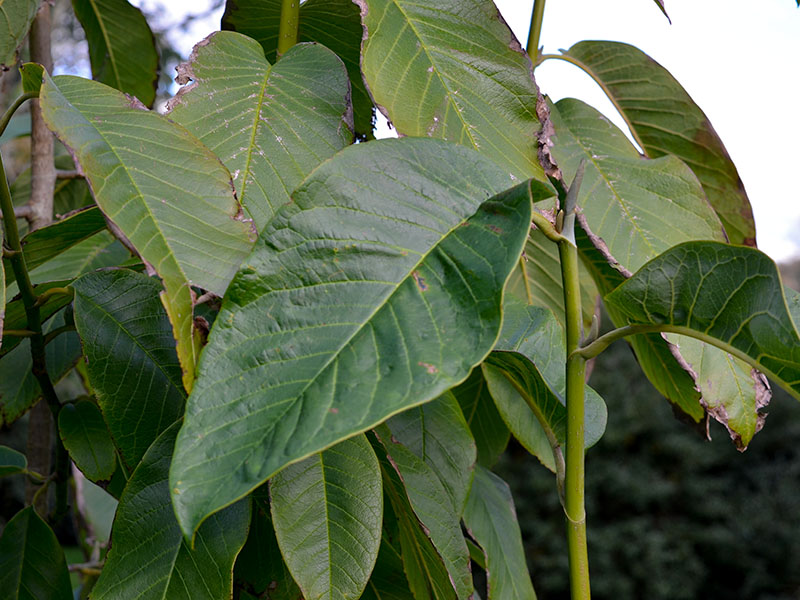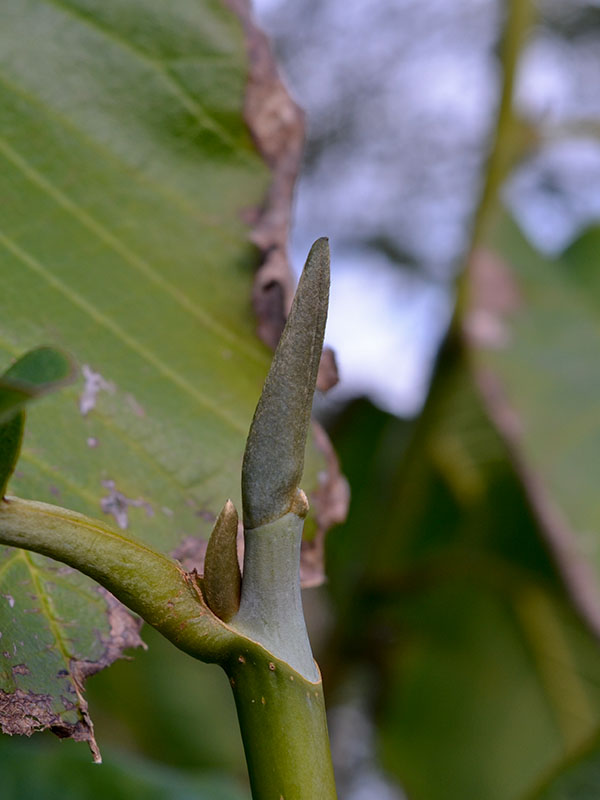Magnolia campbellii 'Queen Caroline' (Queen Caroline Magnolia )
Botanical Information
| Family | Magnoliaceae |
| Genus | Magnolia |
| Species | campbellii |
| Cultivar | 'Queen Caroline' |
| Category | Woody |
| Type | Tree (deciduous) |
| Origin | Himalayas to China, it is believed to be one of the first Asiatic species introduced to the United Kingdom. M. campbellii was first discovered by the English naturalist-surgeon William Griffith in the early nineteenth century in the remote forests of central Bhutan. However, since Griffith collected some rather poor herbarium specimens the plant did not receive the recognition it deserved until the director, Joseph Hooker, of the Royal Botanic Garden Kew went to India in the 1840’s (Sikkim) and saw the tree in flower. In 1855, Hooker and his colleague Thomas Thomson formally named the plant in honour of Archibald Campbell, the British East India Company official who had facilitated Hooker's entry into Sikkim. |
Details
| USDA Hardiness Zone | 8 - 9 |
| USDA Hardiness Ref. | |
| Canadian Hardiness Zone | 8b - 9a |
| Canada Hardiness Ref. | |
| RHS Hardiness Zone | H4 - H3 |
| RHS Hardiness Ref. | |
| Temperature (°C) | (-10) - 1 |
| Temperature (°F) | 14 - 34 |
| Height | 12 - 20 m |
| Spread | 4 - 8 m |
| Flowering Period | March |
Description and Growing Information
| General Description | A medium sized deciduous tree that blooms briefly in March. |
| Propagation | Softwood cuttings may be taken in early summer and rooted under mist and bottom heat. Layering of low branches in early spring. |
| Cultivation | Best grown in well-drained, moderately rich soil. |
| Pests | No notable pests or diseases. |
| Notable Specimens | Lanhydrock Gardens, England, Cornwall. |
| Habitat | Horticultural origin. |


